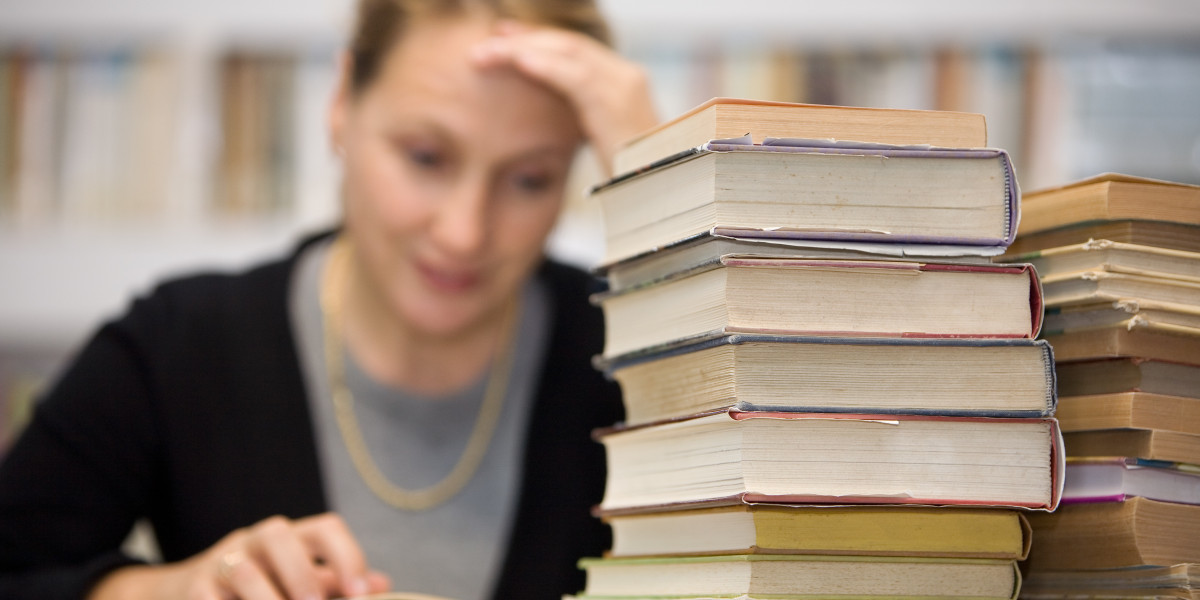Italy is a major player in the European plastic packaging market, ranking among the top countries in terms of sales. The market is projected to reach around €10.6 billion by 2026. Italy's plastic packaging industry is characterized by its focus on quality, aesthetics, and increasingly, sustainability, driven by:
Robust Manufacturing Sector: Italy's strong manufacturing base, particularly in food and beverages, cosmetics, pharmaceuticals, and household chemicals, creates a constant demand for diverse plastic packaging solutions.
E-commerce Growth: Similar to Spain, the growth of online retail in Italy fuels the need for efficient and protective plastic packaging.
Rising Living Standards: Increased disposable incomes and a wider array of consumer products drive the demand for sophisticated and convenient packaging.
Focus on High-End and Luxury Goods: Italy's reputation for premium goods, especially in cosmetics and personal care, translates into a demand for high-quality, aesthetically pleasing plastic packaging that reflects brand value.
Lightweight Packaging: The preference for lightweight packaging solutions, particularly plastics, is a strong trend due to advantages in transportation and reduced material usage.
Key Trends and Challenges:
Sustainability and Circular Economy: Italy is at the forefront of the sustainability push within the EU.
Recycling and Recycled Content: Italy has a significant recycling rate for PET (58.1% in 2021), and there's a strong focus on developing food-grade rPET. Companies like Dentis Recycling Italy are expanding their rPET product portfolios.
Biodegradable and Compostable Plastics: There's an increasing exploration and adoption of advanced biodegradable and compostable plastics, driven by consumer awareness and government initiatives to reduce plastic waste.
Government Initiatives: The Italian government actively promotes eco-friendly packaging solutions and has implemented programs to reduce plastic waste, aligning with EU directives.
Mono-materials: Similar to Spain, the shift towards mono-materials (e.g., mono-material PE packaging) is critical for improving recyclability and enabling circular economy strategies.
Innovations in PET: PET packaging is witnessing significant growth due to its lightweight, durability, and recyclability, being widely used for beverages, food products, and personal care items. Innovations in PET recycling are crucial for meeting EU targets.
Rigid vs. Flexible Packaging: Both rigid and flexible plastic packaging segments are growing. Rigid plastics like PE, PP, and PET are in high demand for bottles, containers, caps, and closures across various sectors. Flexible packaging, including pouches, is also seeing a rising trend due to its versatility and convenience.
Fluctuating Raw Material Prices: Like other packaging markets, Italy faces challenges from fluctuating raw material prices, which can impact manufacturing costs and market growth.
Increasing Imports: While exports remain a strong driver for the Italian packaging industry, a significant increase in imports, particularly of plastic packaging, is squeezing the margins of domestic manufacturers.
In summary, both Spain and Italy's plastic packaging markets are characterized by a strong underlying demand from consumer and industrial sectors, but are increasingly shaped by a powerful drive towards sustainability, innovation in materials (especially recycled and bio-based plastics), and compliance with stringent environmental regulations. The shift towards circular economy principles is a defining feature of these markets.







